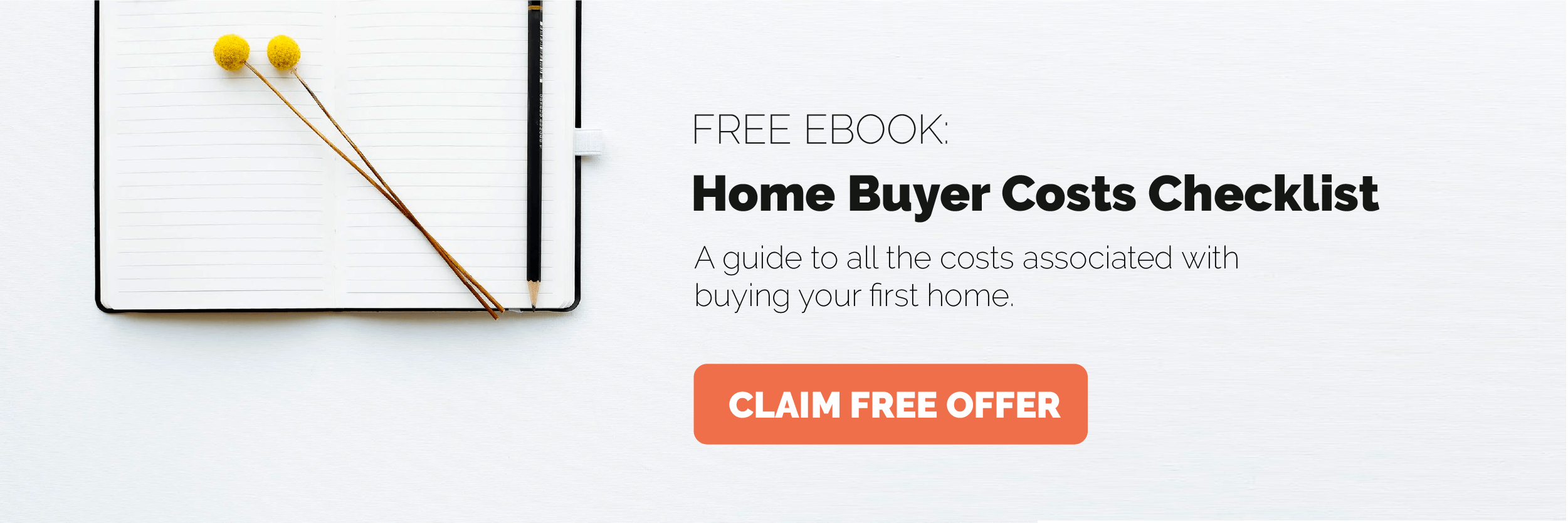Before taking out a loan, it’s crucial to determine how much you’ll be able to repay each month. Avoiding debt accumulation is key. In other words, you need to find out your borrowing capacity.
Recently, Australia’s banking regulator tightened restrictions on lending. The main reason is that the ultra-low interest rates have fuelled rocketing house prices. This rapid growth poses risks to financial stability, leading the Reserve Bank of Australia (RBA) to raise interest rates sooner than expected.
In your case, how much you can borrow may be affected. But don’t worry, in this article, we’ll work through:
- What exactly is borrowing capacity?
- How does it work?
- How is borrowing capacity calculated?
- Major new mortgage rules
- How to get your max borrowing capacity?
- Support
What is borrowing capacity?
Borrowing capacity, also known as repayment capacity, is the total amount of money you can receive when taking out a loan. This amount varies depending on each individual’s unique circumstances and also different lenders.

How does it work?
Borrowing power sounds simple, but it isn’t. Here are a few important factors that affect your overall borrowing capacity:
- Income and commitments: To determine exactly how much you can afford in mortgage repayments, your lender will look at your income as well as your current commitments, usually including all outstanding debts, personal loans, store cards, car finance and leases.
- Living expenses: Monthly rental payments, school fees, child care fees, and any other recurring outgoings (telephone, gas, electricity, etc. bills) all have to be taken into account.
- Credit history: Your credit history will play an essential role in evaluating future repayments. A reliable customer who meets their financial obligations on time may be able to borrow higher amounts.
- Deposit amount: Keep in mind that the lender would like to see you able to deposit money over a period. The more money you have in savings, the easier it’ll be to obtain financing and improve your borrowing power.
- Assets: Your lender will want to see proof of what you own, including vehicles, shares, property and land.
- Home loan type, term and interest rate: The lower the interest rate, the lower your repayments will be. Also, a long-term home loan means lower repayments, but a short-term loan may save your interest. It would help if you considered which is the best option for you carefully.
- Value of the property: Once you’ve found the property you would like to purchase, the lender will conduct a valuation and determine how much they can lend to you.
How is borrowing capacity calculated?
Most lenders use the same basic formula when calculating your borrowing capacity. However, they still have their own assessment rates, which are based on their risk appetite. And that’s why your borrowing capacity may vary from lender to lender.
If you want to get a general idea of how much you can borrow, use our borrowing capacity calculator. Please remember, the calculator will only give you an estimate.
New rules that affect borrowing capacity
Under new rules that came into effect on 1 November, the minimum buffer for home loan applications will be raised from 2.5% to 3%. Australians looking to buy property will be forced to prove that they can repay their mortgage if interest rates rise by 3%. According to APRA, these changes will reduce the maximum borrowing capacity of borrowers by approximately 5%.
The move is intended to head off building risks from a growing number of large mortgages, protect people from taking on risky debt and constrain house prices to a more sustainable level. However, single Australians and first home buyers who typically have smaller incomes and deposits may face a tougher time.
Ways to increase borrowing capacity
The good news is that borrowing capacity isn’t a static condition. You can improve it in several ways:
- Improve your credit rating: The higher your credit rating, the more willing lenders will be to lend to you.
- Increase your income: Consider your ability to get promoted in your workplace and negotiate for a pay rise.
- Reduce and consolidate your debts: The more debt you have, the less you’ll be able to borrow. Try to pay off existing debts.
- Organise your accounts and reduce excess credit limits: If you have a credit facility that you don’t need, close your account or request a lower limit.
- Cut your expenses and save money for your deposit: Having a larger deposit will reduce the interest paid, avoid LMI, as well as your monthly payments.
- Choose the right mortgage product: Switching between products such as fixed or variable home loans can mean different mortgage amounts.
- Joining forces with other people: Getting a guarantor, getting a joint mortgage or using your family’s savings could all boost your borrowing power.

Get the best value with BFG
At Benevolence Financial Group, we offer sophisticated home loan options from over 30 banks to find the best results for you.
We’ll introduce you to the people who can help you get maximum financial benefit, ensuring you get tailored solutions.
If you have any further questions regarding your borrowing capacity, don’t hesitate to contact us. We’re always ready to help.
Disclaimer: The information provided is general in nature and does not constitute financial advice. Please speak to us for recommendations on your individual circumstances and requirements.

